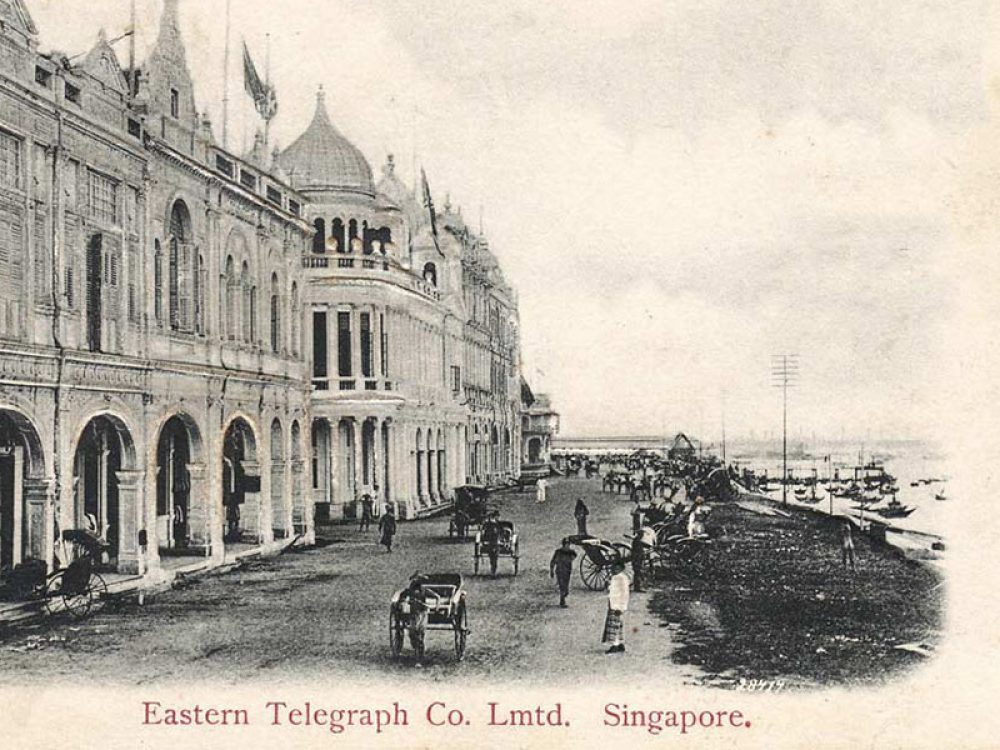PK150 CONNECTED COLLECTIONS
The 2021 Citizen Curators (CC) worked as part of an exciting project titled PK150 Connected Collections, funded by Arts Council England. All of the CC were students at Exeter University partnered with an international student based globally at locations associated with telegraphy that included India, New Zealand, Zimbabwe, Portugal and Australia.
PK150 Connected Collections enabled remote access to the PK archive and to explore it from new perspectives. It was part of a larger project to create a searchable online database for the PK Porthcurno website. This will be launched in December 2021.
The students presented their work at on online symposium on 10 September, 2021. A link to a recording of the symposium is below.
Project outcomes are shared below.

New Zealand Telegraph Interactive Map
The map has been created using information found in the PK Archives and material sourced elsewhere. Subjects including colonisation, sacrality, gold-mining, and naval activity are illustrated through points on the map and cumulatively show a snapshot of the telegraph, and activity associated with it, in Aotearoa New Zealand.
Meet the team behind the PK150 Connected Collections project
Meet the team behind the PK150 Connected Collections project as they share their experience of researching the PK Archive and exploring new perspectives.
PK150 Connected Collections Symposium
Held on the 10 September 2021, the PK150 Connected Collections Symposium presented the research projects by the 2021 Citizen Curators and International Student Volunteers.
The Naval Shipworm
Jay Hollis explores how the naval shipworm (Teredo navalis) had an intricate part to play in the history of telegraphy. Jay also shares his blog series STRANDS created as part of his research into the PK Archive.
Strategic Implementation of the Telegraph in India
International student Prabhat Rathva, India, has investigated gutta-percha, a material used in cable insulation, and the ecological impact this has had on the forests of Southeast Asia.
India Then & Now
Hannah and Rutvi have created the film India Then & Now, a short film exploring the impact of the telegraph system on language use in India.
Living and Working in the Far East: Singapore Telegraph Station
Jasmine and Nadia’s project explores the life of telegraph workers at the Singapore station. They have created a website and a film that shows the archival material at PK that links to the Singapore station.
Tropical Plantations: Extraction and Regulating Laws
International student Prabhat Rathva, India, looks at Tropical Plantations, the extraction of the materials and the regulation laws.
Gutta-Percha: Ecological Impacts and Unsustainability
International student Prabhat Rathva, India, has investigated gutta-percha, a material used in cable insulation, and the ecological impact this has had on the forests of Southeast Asia.
Telegraph in Zimbabwe: A tool of imperialism
International student Ian Mugowa has researched the impact of the telegraph in Zimbabwe and the extension of the British Empire, inspired by material in the PK Archives.
Rotokura/Cable Bay, Wakapuaka – New Zealand’s first international telegraph cable
Vida Long is a graduate from Wellington University, New Zealand researches the site of New Zealand's first international telegraph cable landing,
The Languages of Telegraphy
Citizen curator Hannah Reeves, researched the Marconi Map, created in 1917. The map is colour coded to show the language most used for communications in each country.
Seashells and Empires: allowing memories to guide my curator research
Citizen Curator Jay Hollis, a student from the University of Exeter is finding ways to be creative in telling stories through the museum's archives.













